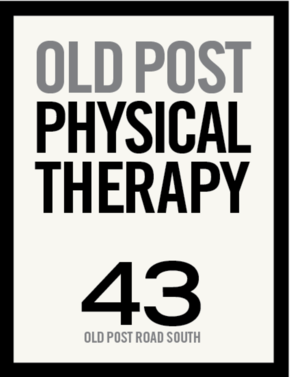 Urinary incontinence is a condition that effects many of us daily. If you leak urine when you laugh, cough or sneeze or if you are running to the bathroom every hour you may have urinary incontinence.We may brush off our leaking or pretend it is normal to run to the bathroom; but if you have a little incontinence now, as we get older or if we have an injury it will get worse.
Urinary incontinence is a condition that effects many of us daily. If you leak urine when you laugh, cough or sneeze or if you are running to the bathroom every hour you may have urinary incontinence.We may brush off our leaking or pretend it is normal to run to the bathroom; but if you have a little incontinence now, as we get older or if we have an injury it will get worse.
What is Urinary Incontinence
Urinary incontinence can happen to anyone at any stage of life. The types of incontinence that are most common and may be treated with physical therapy are Stress incontinence and Urge incontinence. You may have one or both of these types of incontinence.
Stress incontinence is leaking urine during increased stress or strain on the body. This type most commonly felt with laughing, coughing and sneezing. You may have stress incontinence even if you are very fit. If you leak urine during running jumping or during any type of exercise you likely have weak pelvic floor muscles. Stress incontinence usually is caused by muscle weakness.
Urge Incontinence is that need to run to the bathroom and often frequently. Women often experience this with triggers like getting in the car, putting the key in the door or running water. This sudden urge to run to the bathroom can cause women to stay home or limit activity for fear of the lack of control.
Most people have both.
 So What if I leak a little or go a lot?
So What if I leak a little or go a lot?
Leaking a little urine can lead to leaking a lot of urine and increased frequency to avoid leaking. Leaking urine is a sign that something is wrong and ignoring it doesn’t work. As the problem worsens, women often find that they need to urinate every hour or more. If they are not close to a bathroom they might leak and sometimes the leaks are large. The problem can greatly interfere in a women’s daily life and lead to isolation.
Treatment with Physical Therapy
In Physical Therapy we can treat incontinence with a multiple tools. After assessing your pelvic health through your history and muscle examination we can help determine what treatment may work. We include behavioral training for decreasing frequency and provide tools to help decrease the urge to run as well as strength training for the pelvic floor and the core which is deeply connected to pelvic strength. One exercise which we have all heard of is “KEGELS”.
Kegels
Kegels are one of the most commonly prescribed exercise for the pelvic floor. To perform a kegel you need to know which muscles to use, stopping the flow of urine during urination uses the muscles you need to perform a kegel. It is recommended to build with the strength and endurance of the pelvic floor muscles. Once you are able to perform the kegel you should work on holding 5 seconds and resting for 5 seconds. Work your way up to a 10 second hold and a 10 second rest and try to perform 3 or more times per day.
Be mindful to breathe, relax completely in between contractions. Also be aware of the surrounding muscles, try not to contract your gluts or inner thighs when contracting.
If you have any questions, if you would like a consultation or to make an appointment for your incontinence symptoms please call us at Old Post Physical Therapy 914-271-2426 and oldpostpt@icloud.com.

Recent Comments